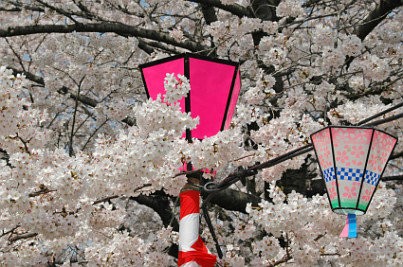
Tokyo was insulated from the rest of the world for centuries, and locals today still rely on well-established cultural norms. Visitors will find the Japanese warm and hospitable, but they'll also find that the burden to assimilate is their own. In the course of a visit, tourists will come to appreciate the city for its modern touches, especially the world-class transportation network.
Tokyo is, of course, a bastion of Japanese culture, and while tourists venture in on a regular basis, they are always in the minority. Japanese people are restrained and image-conscious. Smart and conservative dress goes a long way toward making a good impression. Aggressive social behavior like shoulder slapping, prolonged staring and unnecessary touching should be avoided at all costs.
Restaurants are central in Japanese culture, and business arrangements are rarely made without an after-hours dinner. Friends pour drinks for each other, and an empty glass signals the need for another drink. Tipping is not common, but high-end restaurants usually add a 10 to 15 percent service charge to the bill. Japanese diners prefer to split the bill evenly rather than separate out their specific charges.
The yen is the local form of currency, and it's incremented by hundreds and thousands. Coins are reserved for anything less than 500 yen.
Japan remains a cash-centric economy despite the advanced state of affairs. Petty crime rarely occurs, and locals aren't averse to walking with bulges of cash in their pockets. ATMs are widely available, but many of them don't accept foreign cards. The best bet for an international ATM is at a Citibank or 7-11. Upmarket establishments almost always accept credit cards.
Tokyo enjoys four distinct seasons, and there are many festivals throughout the year to celebrate the changing weather. Summers are hot and rainy, while winters are cold (but rarely freezing), clear and arid. Spring is a particularly celebrated time to visit as cherry trees are in bloom.
In some ways, Tokyo is opposite the rest of the country. April and May are lovely times to travel in Japan, and Tokyo seems to be the only city in the country not overrun with tourists. In fact, as Tokyoites flee on holiday to surrounding provinces, the city opens up magnificently.
Possibly the worst time to visit is immediately before and after the Western New Year, when most business, museums and restaurants close their doors.
Despite its size, getting around Tokyo is convenient. Its clean-cut transportation system is the world's most extensive, boasting numerous subway lines and elevated commuter railways along with a substantial bus network. Stored value fare cards make transactions easier, and the Japan Rail Pass allows for unlimited transport on local JR lines.
Various means of transportation are available to the city from both of Tokyo's international airports: Haneda (HND) and Narita (NRT). Haneda Airport is considerably closer to Tokyo than Narita, as it is located approximately 30 minutes south of city center. Narita is the busier airport and is the arrival point for most foreign visitors. However, it is located about 65 kilometers outside of Tokyo in the city of Narita, and generally will take about 90 minutes to reach the Tokyo city center.
The Suica or NE'X card covers a number of public transportation costs while visiting Japan, and it includes a pass on the Narita Express to and from the airport. The Airport Limousine Bus runs to and from the major hotel districts, while taxis are prepared to take passengers anywhere in the metropolitan area.
Population: 12,790,000
Spoken languages: Japanese
Electrical: 100 Volts, 50 Hertz
Phone/calling code: +81 3